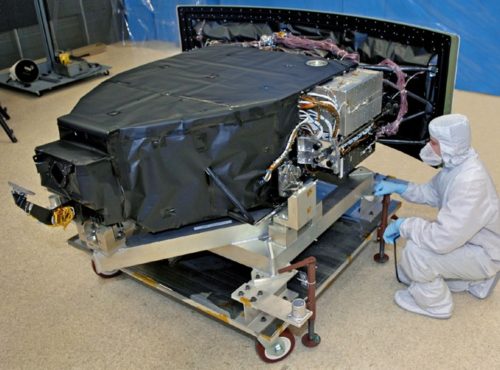
NASA has temporarily suspended operations of Wide Field Camera 3 on the Hubble Space Telescope due to a hardware problem, it was reported yesterday.
The problem is being investigated, but NASA is confident it can be resolved.
Hubble’s other instruments – the Cosmic Origins Spectrograph, the Advanced Camera for Surveys and the Space Telescope Imaging Spectrograph – are all working properly.
“NASA is trying to pull together the team to try to diagnose the issue,” said Cheryl Gundy, a spokeswoman with the Space Telescope Science Institute in Baltimore. “We would like to have Hubble back up and working as quickly as possible, and NASA is making that happen,” even with the partial government shutdown.

Wide Field Camera 3 was installed on the telescope by astronauts in 2009, during the fifth and final space shuttle servicing mission, and is equipped with backup electronics in the event of a problem, as it is experiencing now. Those electronics can be used to help the camera recover and return to operation.
This camera is responsible for many of the most iconic photos of the Hubble mission – breathtaking images of stars, galaxies, planets and moons. It discovered some of the tiny moons orbiting Pluto, as well as a 14th moon around Neptune. It is capable of taking images visible light, ultraviolet light and near-infrared light.

Launched in 1990, Hubble is now nearing its third decade in space and is now nine years past its final service call.
Hubble also suffered another problem last October, when one of its three operational gyroscopes – used to help the telescope re-orient itself and lock on targets – failed. A backup gyroscope also had problems, temporarily shutting down the entire telescope, before it was later restored to service.
The fact that Hubble is still operational and returning incredible images back to Earth, however, is a testament to how well designed and built it was. Hopefully it will continue to do show us even more of the universe for years to come.
More information about the Hubble Space Telescope is available on the mission website.





